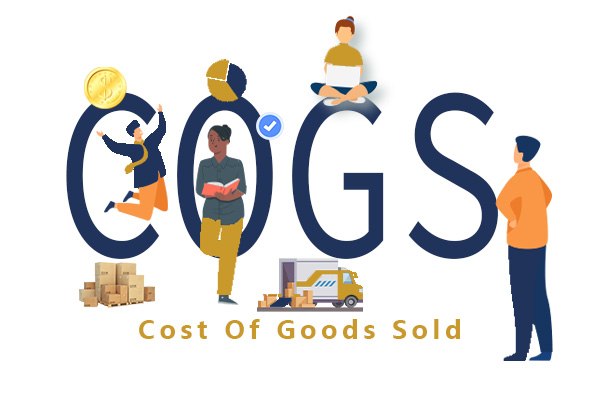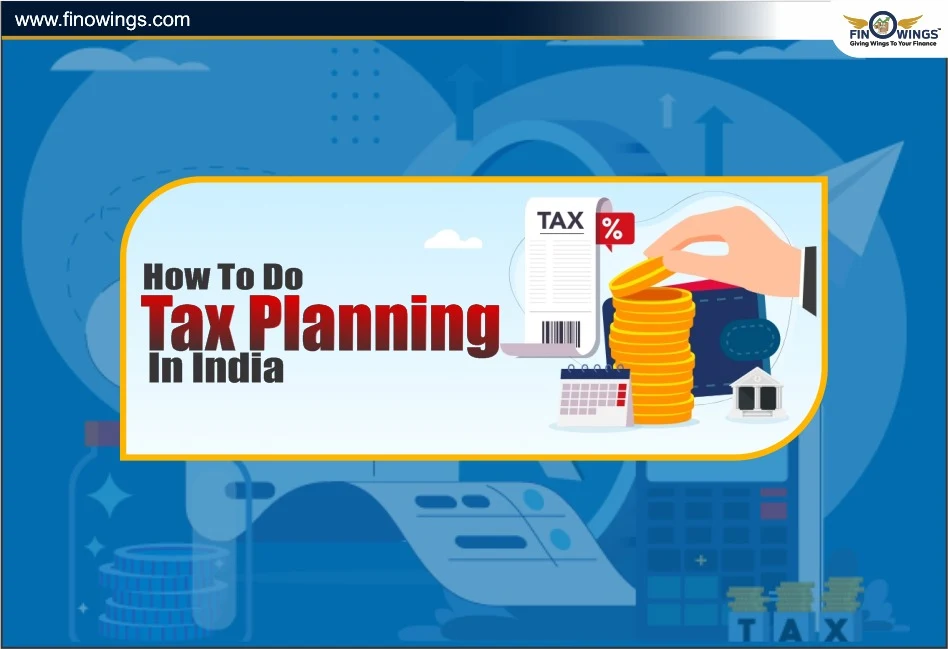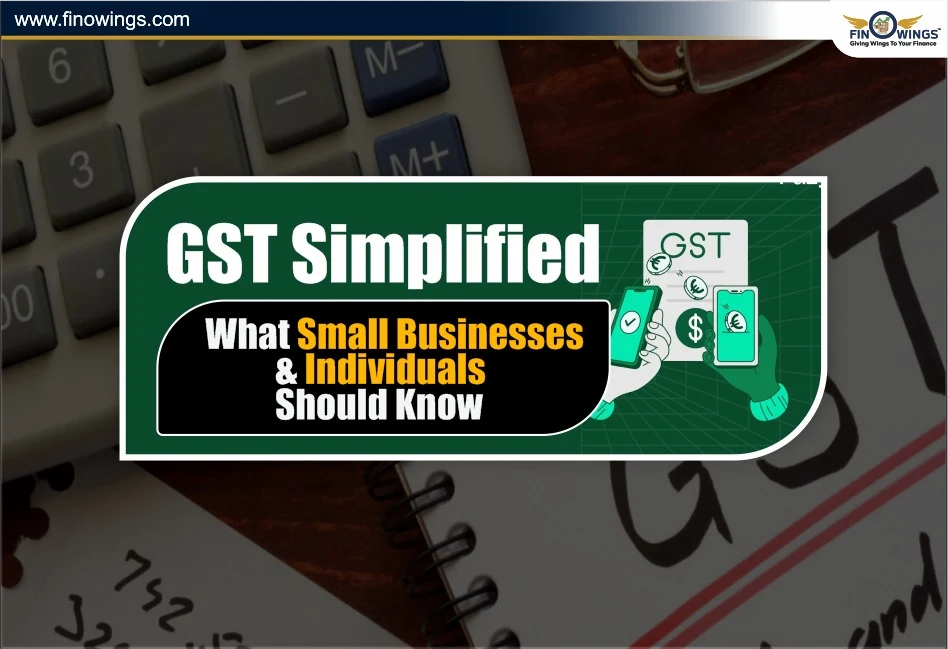Home >> Blog >> How to Use COGS to Skyrocket Your Profits
How to Use COGS to Skyrocket Your Profits

Table of Contents
- 1. Introduction
- 2. What Is the Cost Of Goods Sold Or COGS?
- 3. What Is the Basic Formula For the Cost Of Goods Sold Or COGS Formula?
- 4. How to Calculate COGS With An Example?
- 5. COGS Calculation By Using Different Methods
- 6. Why Is The Cost Of Goods Sold Important To Your business?
- 7. Few Drawbacks Of Cost Of Goods Sold
- 8. Conclusion
1. Introduction
Many people believe that running a business is an easy task, but in practice, it is not at all. Running any business requires a lot of capital. There are a lot of hidden costs involved in the business, which can range from maintenance of equipment to interest on loans, company licenses and permits, credit card fees, and much more. The business only succeeds when it makes a profit despite meeting all these financial costs.
For the growth of your business, you have to take care of many things. When a business owner wants to increase his bottom line, his first attempt is to increase his sales. But this approach may only work for some businesses. Is it possible to grow the business only by increasing sales? No, the growth of any business is not possible only by sales. Apart from sales, both external and internal factors are essential. By reducing the cost, more profit can be earned, and at the same time, the business can go to greater heights. Today, through this blog, the cost of goods sold (COGS), COGS calculation, and methods for lowering it have all been thoroughly addressed.
Total direct costs make up the cost of goods sold (COGS). COGS meaning primarily covers direct costs incurred for goods or services, including raw materials, direct expenses, and direct labor costs. It does not include indirect expenses incurred by a business or company. If your business sells products, it becomes crucial for you to understand how to calculate the COGS. All costs incurred in goods sold are included in this calculation.
2. What Is the Cost Of Goods Sold Or COGS?
The cost directly associated with manufacturing goods and services a corporation or firm sells is the cost of goods sold (COGS). Simply put, COGS is an accumulation of a company's direct costs. These direct costs include materials, labor, and other costs that the company will use to produce the product. The cost of goods sold, or COGS, is another name for the cost of services. For example, there are two types of labor costs: direct and indirect.
COGS excludes overhead expenses related to the normal conduct of business, such as rent, etc. Therefore, a company's income statement can be accurately estimated only based on the cost of goods sold. COGS is the cost of obtaining inventory to sell to consumers. When the cost of goods sold exceeds the revenue generated by the company, it simply means that there has been no profit in the business by COGS while working out the income statement of a business. Thus, the formula becomes extremely important in computing the cost of goods sold. In addition, it helps in the company's management and analysis, thereby minimizing costs and increasing sales.
Do you know how investors and creditors calculate a business? Generally, they use the cost of goods sold to calculate a business's gross margin and thus get an idea of what percentage of revenue is available to the company! Gross margin is arrived at by subtracting COGS from total revenue.
Direct costs include:-
-
Direct Materials
-
Direct Labour
-
Fuel or Power Consumption
-
Manufacturing Supplies
-
Wages For Production Workers
As mentioned above, indirect expenses are not included in the cost of goods and services sold—for example, rent, security expenses, administrative salary, distribution, marketing, etc.
COGS plays a vital role in arriving at the profit and loss statement of inventory-based companies. Without COGS, you cannot measure the gross profit of a company. Using the COGS metric shows that you are trying to maximize the profitability of your business.
3. What Is the Basic Formula For the Cost Of Goods Sold Or COGS Formula?
The cost of goods sold formula is-
|
COGS Formula = Starting Inventory + Additional Inventory (Purchase) - Ending Inventory |
The starting inventory for the current year is calculated based on the previous year's leftover inventory, and additional inventory purchased or produced is added to the starting inventory. Products that were not sold are deducted from the sum of the starting inventory plus additional purchases. Then the cost of goods sold is known.
-
Starting Inventory
Raw materials and goods not sold during the prior period are included at the beginning of the year's inventory.
-
Additional Inventory
The cost of additional inventory is that which was purchased during the specified period. i.e., direct materials in additional inventory, cost of direct labor, and direct overheads, such as rent, warehouse expenses, electricity, etc.
-
Ending Inventory
The cost of ending inventory is what a company has available at the end of a specified period. Ending inventory includes products and raw materials that were not sold during the period.
4. How to Calculate COGS With An Example?
Cost Of Goods Sold Example:-
Let us understand this formula by applying it to an example. Let's assume you own a battery company. Last month your company's starting inventory was INR 2,20,64,900, plus one more inventory was bought for INR 4,37,10,500. After the month, the ending inventory was worth INR 75,50,187. Now let us apply this to the formula of COGS-
|
COGS = 2,20,64,900 + 4,37,10,500 - 75,50,187 COGS = INR 58,225,213 |
With this information from COGS, you can better evaluate your costs. It will also help you in planning your purchases for the next year. If your business isn't making money, consider cutting expenses and raising your profit margin. In addition, it will help you evaluate which of your products can make the most money.
5. COGS Calculation By Using Different Methods
For your information, the value of the cost of goods sold depends on the inventory costing method adopted by the company. There are three ways companies can record the level of product sold during a period. Different companies use different methods.
-
First in, first out (FIFO)
-
Last in, first out (LIFO)
-
Weighted Average Cost (WAC)
5.1 First in, first out (FIFO)
Companies try to sell the goods they manufacture or buy first. Since prices tend to rise over time, companies that use the FIFO method tend to sell the product at a lower price first, revealing a lower COGS than LIFO's COGS. Therefore, it has been observed that the net income of companies that use the FIFO method tends to increase over time.
5.2 Last in, first out (LIFO)
Under this inventory, the most recent products added to a company's inventory will be sold first. Also, when the price starts rising, the higher-cost goods are sold first, resulting in higher COGS. As a result, the net income of companies that use this method tends to decrease over time.
5.3 Weighted Average Cost (WAC)
The weighted average cost method is the way to value inventory. This method is used when companies sell similar goods. The weighted average cost is derived in such a way that it divides the total cost of the finished product by the total number of units ready for sale to calculate the average cost.
6. Why Is The Cost Of Goods Sold Important To Your business?
The cost of goods sold is a must for the income statement, as it is a vital component of income. Therefore, COGS plays a salient role in calculating net income and makes it easy to understand the profitability of any business.
-
Why is COGS necessary?
-
The most important thing about COGS is that it very well reflects the operating cost of production of goods and services of any company. That is when the company's revenue is stagnant, and the cost of sales rises directly indicates that the direct costs could be managed more effectively.
-
You can calculate the gross profit with the aid of COGS. Since COGS is subtracted from the company's revenue, it is more likely to give an accurate gross profit estimate. One of the advantages of COGS is that by using it, you can accurately assess the financial health of your business and focus on growing business.
-
Straightforwardly put, if you know the COGS of your business, you can determine a fair price for your product. When you set a standard price for your product, it not only improves your profit margin but also allows you to cover your costs. Knowing the COGS makes it easy when you need to increase and decrease the prices of your products.
-
Did you know that your tax status also impacts the calculation of COGS? Since COGS is like an expense, the higher your COGS, the lower your taxable income because your net income will be less. You can save more money for your business when you pay low taxes. You can use that money to grow your business. Also, remember that a high COGS can mean that your business needs to make a profit. The inventory business may be taxable.
-
Calculating the COGS for your business from time to time can help you identify areas of improvement and growth opportunities.
7. Few Drawbacks Of Cost Of Goods Sold
-
The biggest drawback of COGS is that it can be tampered with. That is, it can be changed or manipulated to show favorable or unfavorable conditions of any business. So whenever you see the COGS of any company, then definitely check everything thoroughly.
-
Another drawback of COGS is that it can be over-reported by companies to avoid government taxes. As you know, higher COGS results in lower net profit, which means less tax has to be paid. Also, companies can present low COGS reports to attract investors to their business so that the increased profit will entice investors to invest.
8. Conclusion
It has been seen that the Cost Of Goods Sold Or COGS gives excellent results to small businesses. It is because COGS effectively manages small business costs and operations.
COGS formula helps your business to help you understand where you can improve, reducing your costs and increasing your profits. Cost Of Goods Sold example helps you to make decisions related to your business, and with the help of this, you can improve the financial health of your business.
Author
Frequently Asked Questions
Simply put, COGS is an accumulation of a company's direct costs. These direct costs include materials, labor, and other costs that the company will use to produce the product.
The formula for the cost of goods or services is
COGS Formula = Starting Inventory+ Additional Inventory (Purchase)- Ending Inventory
COGS plays a salient role in calculating net income and makes it easy to understand the profitability of any business.















